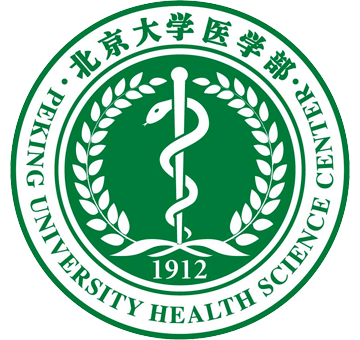
Ya'an Zheng, MD
JI Program: Exploratory (Emergency Medicine)
Status: Active/ Ongoing
Summary
There are 19 million world-wide cases of sepsis with more than a million in the U.S. Rapid administration of appropriate antibiotics is the key to reducing morbidity and mortality. However, blood cultures – the gold standard for diagnosis, pathogen identification and antibiotic susceptibility testing (AST) –are limited by long time to result (>48hrs), low sensitivity and specificity, and limited viral or fungal identification. In almost all cases, patients are started on empiric antibiotics design to cover most but not all of the most likely pathogens. This one-size-fits-all use of antibacterial drugs leads to antibiotic resistance, severe
side effects or under-treatment of critically ill patients. We have developed a novel, ultrasensitive, polymerase chain reaction (PCR) detection system that couples standard PCR primers to gold nanorods (NR-PCR). This method is at least 50 times more sensitive than the most sensitive PCR detection techniques currently available. The collaboration established between Michigan Medicine and Peking University Health Science Center provides a unique opportunity for this and future projects. Beyond accelerating the translation and adoption of a novel microbiological diagnostic, this partnership will (1) reveal variations in practice patterns between the two institutions regarding diagnosis of suspected bloodstream infection; (2) increase the power and generalizability of this study by expanding the size and diversity of the patient cohort for assay testing; (3) provide access to an at risk patient population where antibacterial resistance is rapidly growing (i.e., in China); and (4) establish an infrastructure foundation for future international studies of sepsis diagnostics and potential therapeutics.
Outcome
- We have demonstrated that the ultra-sensitivity of the NR-PCR technology can be translated to the detection of bacteria and antibiotic resistance. Assuming the assay can be optimized now for reliability/reproducibility this will have tremendous impact on the time to diagnosis of patients with suspected bacterium. The time to result for this assay remains less than 3 hours which is a dramatic improvement of standard therapy which can exceed 48 hours.



